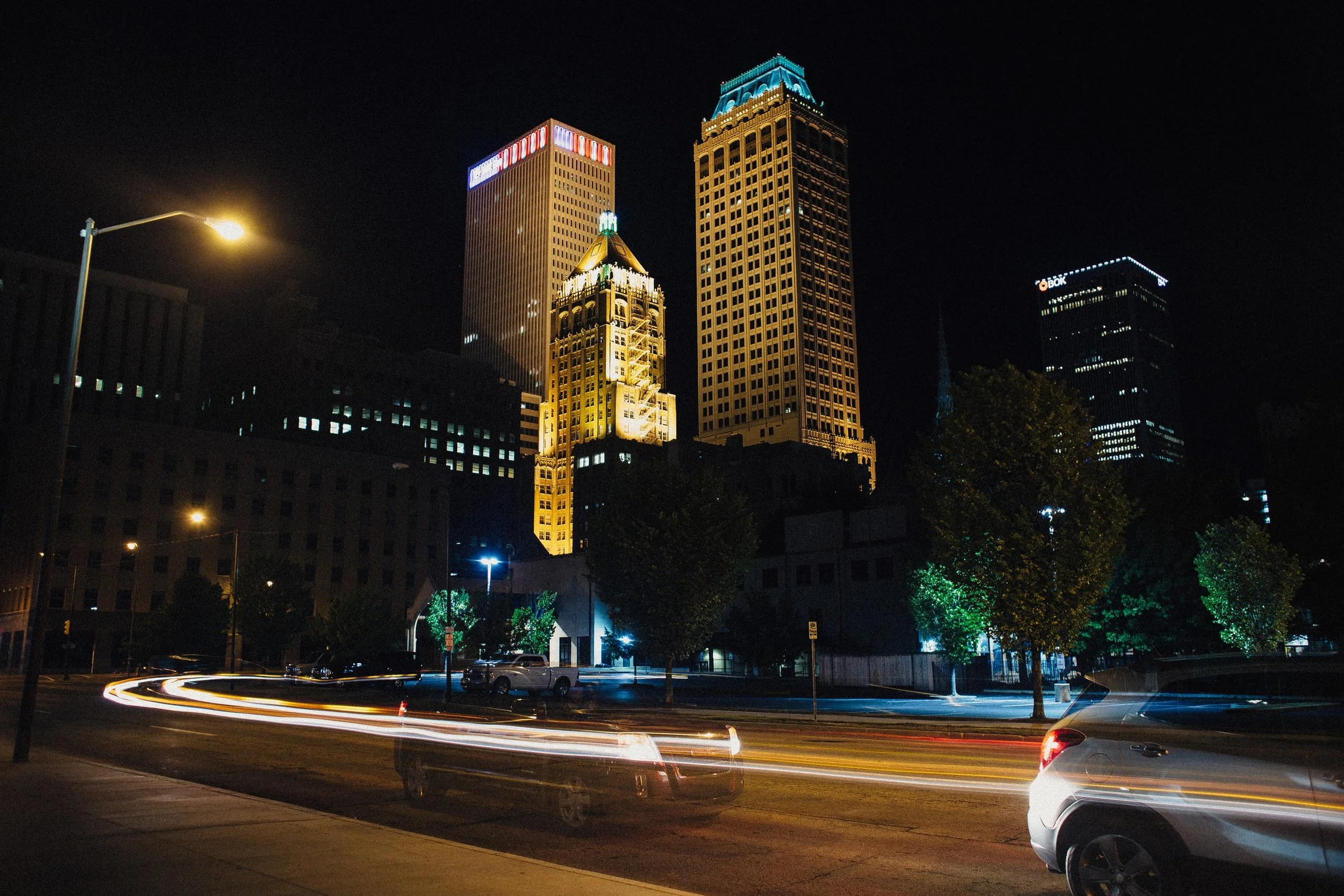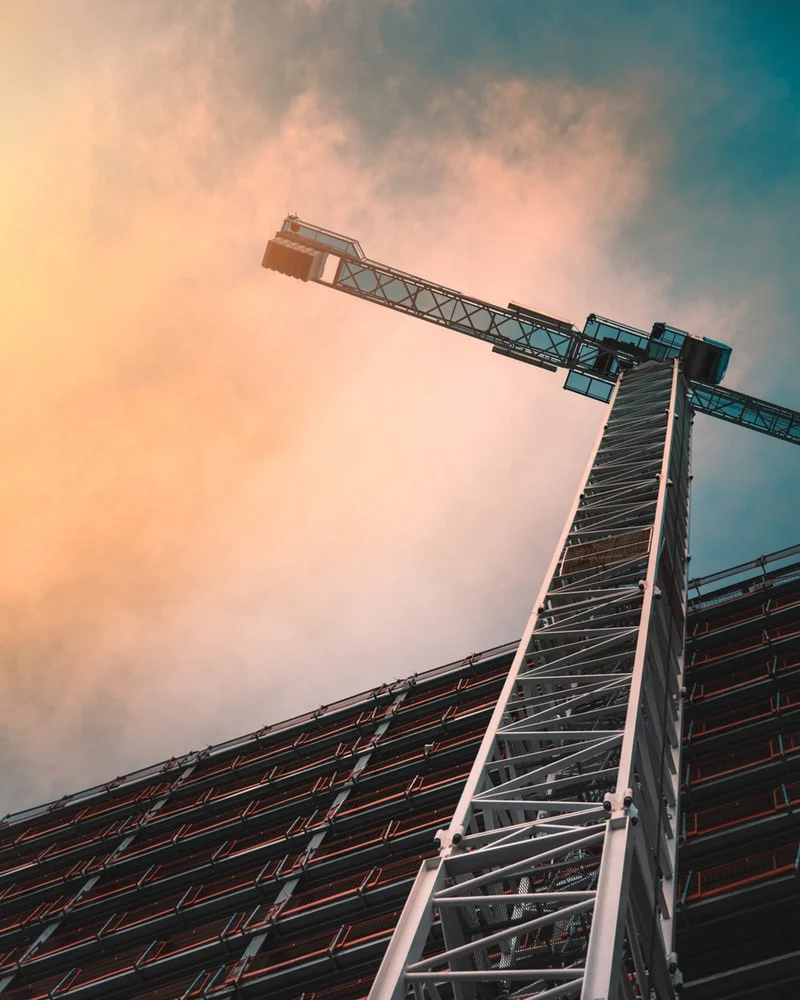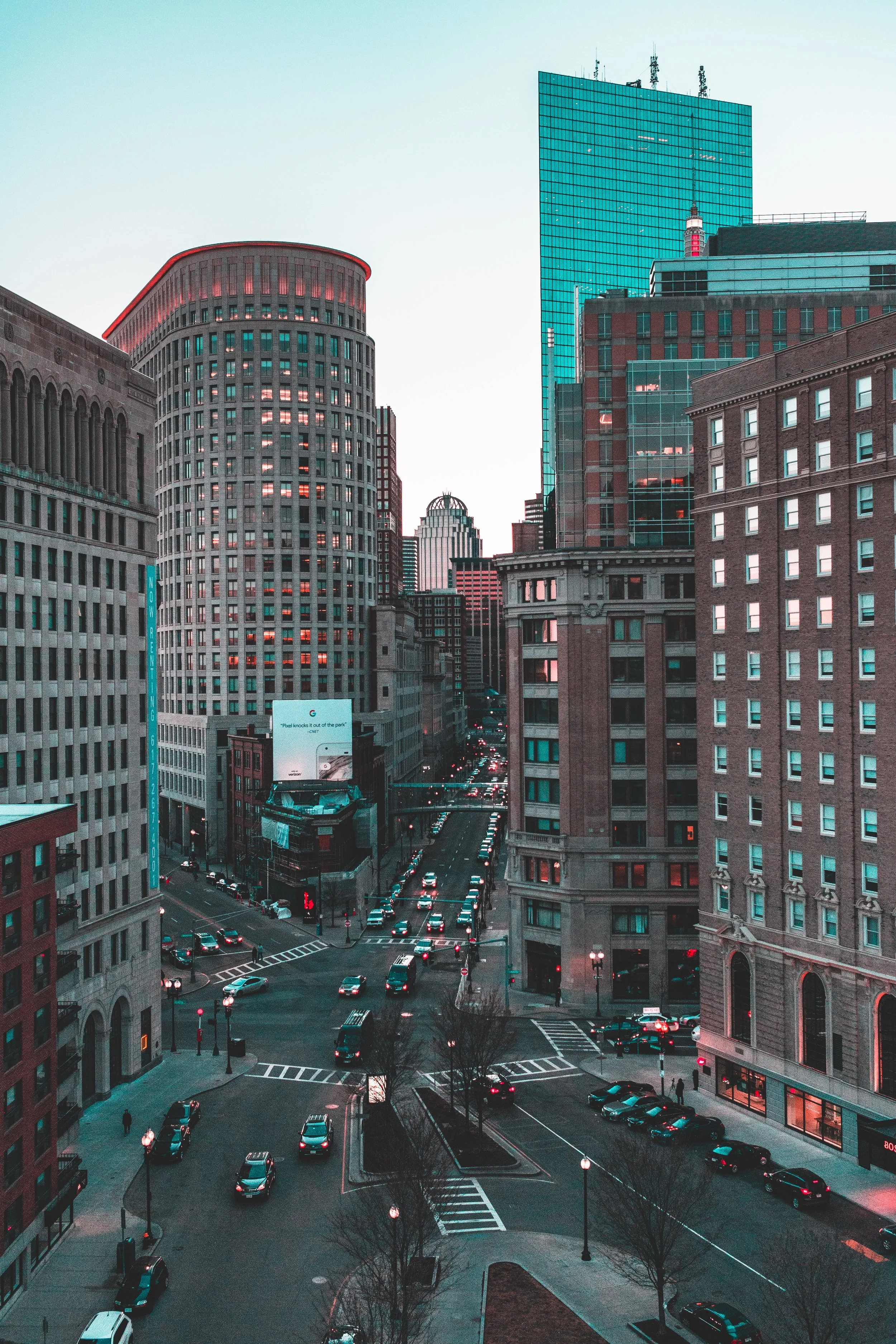Over the last 40 years, the federal government’s share of spending on water infrastructure dropped from 63% to 9%. That means it’s up to local communities to figure out how to pay to repair or replace all that aging infrastructure.
Read MoreParks, libraries, and public spaces aren’t just “nice amenities.” They are vital to our recovery, rebuilding, and longterm prosperity.
Read MoreWhen an attempt to solve a problem ends up making the problem worse, that’s The Cobra Effect. It’s also a pretty good description of the decisions that are slowly bankrupting many of our towns and cities.
Read MoreWichita is spending $45,000 to repave a road. While that might not seem like a lot, sometimes it’s the small projects that reveal where our city’s spending priorities are—and where they should be.
Read MoreThe work of teeing up the next generation of boondoggle highway projects doesn’t stop—not even for a global pandemic.
Read MoreFor years, you’ve been doing the work of building a stronger, more resilient, and more prosperous community. Members of Congress are noticing.
Read MoreThe State of Texas is prepared to fully fund a massive freeway widening project through the heart of Austin. Have we learned nothing? (Answer: apparently not.)
Read MoreIf you want to be a Strong Town, your community must redirect its energy to things that will make it financially better off and more prosperous.
Read MoreIt is astounding how even the most bankrupt city will fall all over themselves when presented the opportunity to spend money they don't have on the latest fad.
Read MoreThe Federal Highway Administration has a chart full of answers to that question you might find useful.
Read MoreIf your community has a huge backlog of unfunded infrastructure maintenance — and it’s the rare one that doesn’t — there are some basic and obvious steps that need to be taken.
Read MoreUntil America gets its infrastructure priorities straight, the last thing we need is to pump more spending into a broken system. 2019 felt like a breakthrough year for our call for #NoNewRoads, one in which we had more influential allies and receptive ears on this point than ever before.
Read MoreCommunities are stuck in a spiral of infrastructure spending. Who will stand up and say enough is enough?
Read MoreMedina, Washington is struggling to pay its bills. How can this be? And what does it mean for towns and cities that don’t have the two richest people in the world living there?
Read MoreMaybe the one good thing you can say about municipal debt is that it’s on the balance sheets. We’re tracking it. But there is another type of future obligation that is like debt…only worse. It comes back again and again, and too many cities aren’t paying attention.
Read MoreMany cities think they need to grow to get strong. But adding thousands of additional acres to the city and millions of dollars in infrastructure is usually the last thing a city needs. It’s like trying to lose weight by consuming more pizza and beer.
Read MoreAt the heart of top-down approaches to both criminal justice and city planning is a misconception about true “efficiency.” Restorative justice — like Strong Towns — is the bottom-up alternative, drawing from the wisdom of the past while taking the longview on success.
Read MoreTransportation for America has boldly laid out three key principles they say should govern federal transportation policy. That’s a great start. But here’s a fourth.
Read MoreBuilding stronger towns isn’t just about planning, engineering and development. We need to address questions about cultivating rich and abundant lives in our neighborhoods. How do we live out our values when so much of the built environment seems to be working against us?
Read MoreThe best financial investments our cities can make are those that humbly respond to how people struggle.
Read More



















